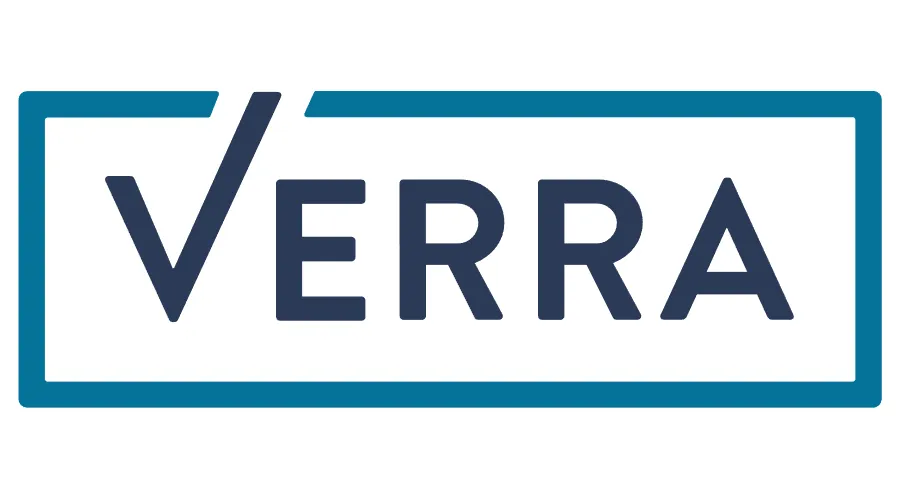
It has almost been a decade since the Paris Agreement that limited the temperature increase at 1.5°C above pre-industrial levels. Several large industries have faced scrutiny for their exponential carbon emission statistics, and at present, the hospitality industry has stepped into the spotlight. The Kyoto Protocol introduced the concept of carbon markets as a mechanism to counter GHG emissions from these industries. Based on the indicators developed in accordance with the GHG Protocol and the ISO 14064-1 standard, it can be concluded that the primary factor contributing to the CO2 emissions of a hotel is the significant amount of electrical energy consumed during daily operations. Hotels are now required to be adopt regulatory audits on their Scope 1, 2, and 3 emissions. These compliance mechanisms are mandating this industry to take up responsibility for the emissions they are generating.

There are over 187,000 hotels worldwide, with the global hospitality industry valued over 4.58 billion USD. According to the Department for Environment, Food & Rural Affairs (DEFRA) Conversion Factors 2022 Hotel Stays the country with the highest carbon impact per hotel room per night is Maldives at 152.2 kg CO2e. As indicated in the figure below, India makes the top 10 at almost 60 kg CO2e per room per night. Although the Indian hospitality industry is projected to contribute significantly to the economy over the years, estimated at 250 billion USD to the country’s overall GDP by 2030, its further expansion can only mean increase in environmental impact. With all industries under the pressure to abide by compliance by the year 2027, the massive numbers that indicate India’s contribution to the global carbon emissions (2.59% of all emissions from 195 countries, equating to 1.107 billion metric tons of carbon emissions of he total 37.55 billion mT.) must motivate the hospitality industry to take action.

The question of the hour therefore, is how? What can large hotel chains do to reduce their carbon footprint and achieve more sustainable means of economic growth?
- Quantification: The first step towards achieving net zero emissions is to gauge the numbers. It is important to quantify emission amounts to understand current carbon emission levels and set goals to reduce them. Sustainiam’s cutting edge ECal emission calculator makes this a simple endeavour. The ECal simplifies the process of calculating emissions by processing data to reflect accurate environmental impact.
- Certification: Arguably the most crucial step in achieving net zero carbon emissions is obtaining a LEEDS Net Zero Carbon Certification. With the help of Sustainiam, hotels can get this certification, signifying a commitment to operational efficiency, renewable energy utilization, and innovative sustainability practices. Compliance with LEEDS Net Zero Carbon Certification showcases an establishments dedication to reducing greenhouse gas emissions through its stringent set of checks and measures.
- Implementation: Step three involves taking significant action towards the goal of net zero emissions. A trailblazer in the field, Sustainiam achieved greater heights in the reporting year 2022-23, leading the charge towards emission offsets by collaborating with over twenty different hotels across India, making them the first LEED compliant hotels in the process. Through this initiative, Sustainiam has mitigated all emissions across scope 1, 2, and 3 categories. Notably, approximately 70-75% of these emissions stemmed from electricity usage. Sustainiam’s efforts led to India’s first initiative to offset emissions. India has emerged as a leader in implementing action towards emission offsets. This pan-Indian venture towards greener economic growth is poised for significant expansion , set to engage at the world stage as a leader of sustainability.
According to targets, the hotel industry must reduce the carbon emissions by 66% per room by 2030 and 90% per room by 2050 to ensure the expansion of this industry doesn’t increase the carbon emissions. It will have to further increase these efforts in order to meet the expectation of limiting global warming to 1.5°C. Thus the need of the hour is the collaboration between sustainability and carbon credit markets which will not only promote environmental responsibility but also improving financial sustainability. The balance between economic and environmental goals will enable a transition into a greener economy. Well-known hotel chains like ITC Hotels, are taking up initiatives to reduce their carbon emissions, ITC being the first to achieve the LEED Platinum Certification for all its luxury properties. These chains must serve as examples for others to follow, as they have a vital dual purpose. Hotels must participate in these efforts not only to contribute to reach climate change mitigation goals, but also to profit from cost savings, increased operational efficiency, indicating a new era of the industry.














